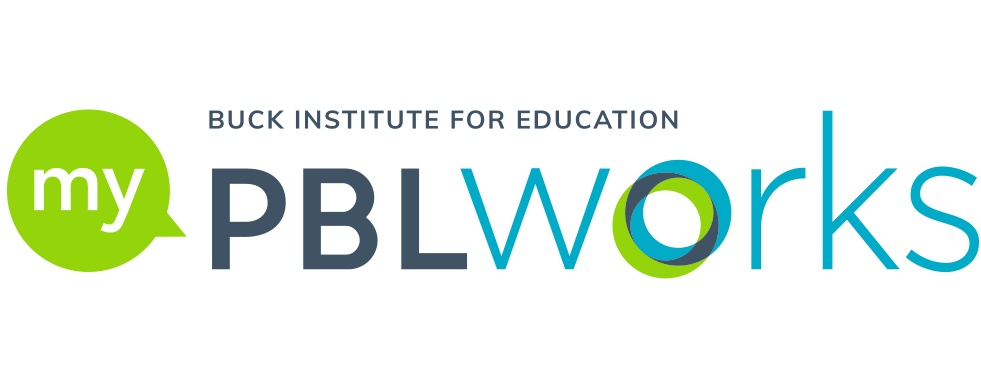247 Results
Resource: (Product Toolkit)
An interactive map is a digital map that enables the viewer to explore and engage with the information by panning around, zooming in and out, hovering over points of interest, and clicking on objects to learn more about them. An interactive tour involves placards, QR codes, or other media placed in real-world locations, designed to provide people with site-specific information or experiences.
Resource: (Articles)
Ron Berger explains how his classroom culture helped students create high-quality products.
Resource: (Articles)
Overview of the why and what of PBLWorks' new model for designing rigorous, engaging projects.
Resource: (PBL Spotlights)
We asked National Faculty how PBL can enhance teaching and learning in a variety of disciplines. Here's what they had to say.
Resource: (PBL Spotlights)
We asked National Faculty how PBL can enhance teaching and learning in a variety of disciplines. Here's what they had to say.
Resource: (PBL Spotlights)
We asked National Faculty how PBL can enhance teaching and learning in a variety of disciplines. Here's what they had to say.
Resource: (PBL Spotlights)
We asked National Faculty how PBL can enhance teaching and learning in a variety of disciplines. Here's what they had to say.
Resource: (PBL Spotlights)
We asked National Faculty how PBL can enhance teaching and learning in a variety of disciplines. Here's what they had to say.
Resource: (PBL Spotlights)
We asked National Faculty how PBL can enhance teaching and learning in a variety of disciplines. Here's what they had to say.
Resource: (PBL Spotlights)
We asked National Faculty how PBL can enhance teaching and learning in a variety of disciplines. Here's what they had to say.
Resource: (Blog)
Ideas for developing relationships, co-creating norms, practicing protocols and establishing routines, and designing a classroom conducive to PBL.
Resource: (Student Handouts)
This form may be used during a project to have students report on what their team accomplished on a particular day or week.
Resource: (Student Handouts)
This form may be used by students to track progress on a project and have them report on what they individually accomplished on a particular day or week.
Resource: (Student Handouts)
This documents helps capture thoughtful feedback from the audience for student presentations.
Resource: (Student Handouts)
May be filled in by project team members to record agreements about how they will work together.
Resource: (Project Videos)
In this 8th grade ELA project, students in San Gabriel, California work together to develop a quality-controlled fan fiction website for other middle schoolers.
Resource: (Student Handouts)
This checklist helps teachers prepare for project presentations before they start.
Resource: (Strategy Guides)
Whether your students exhibit their work products during the course of the project, at the end, or both, you’ll want to have many sets of eyes on their public products. An audience feedback form is a tool used to actively engage the audience at an exhibition.
Resource: (Project Videos)
PBLWorks Project Videos 2018: Transitional Kindergarten - Interdisciplinary.




















